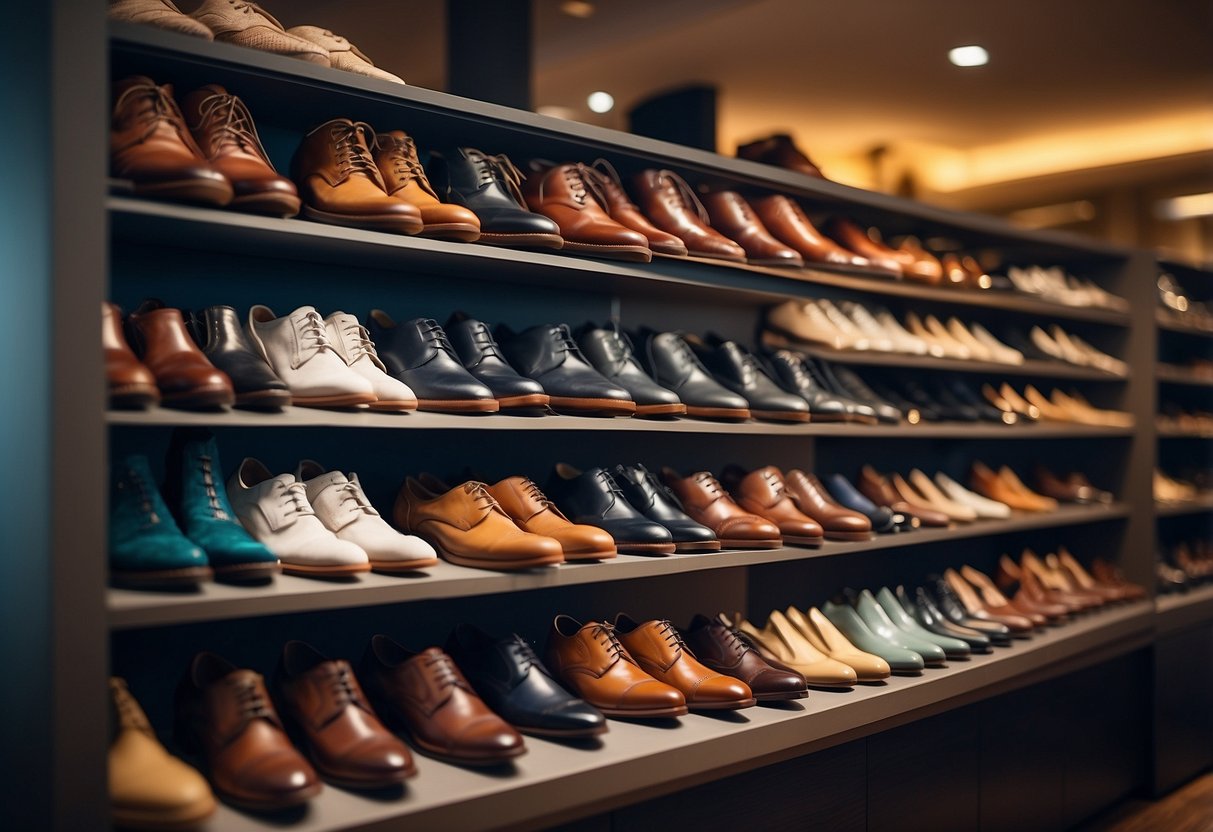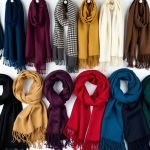
Shoe Size Charts and Fit Guides
Finding the right shoe size can make a significant difference in comfort and performance. Using shoe size charts and fit guides is essential to ensure an accurate fit. These resources provide measurements for length and width, aiding in selecting the correct size.
Most brands offer size charts on their websites. These charts typically include conversions for different regions, such as US, UK, and EU sizes. It’s crucial to refer to these charts before making a purchase, especially for online shopping.
Fit guides often include foot measurement instructions. They suggest using a ruler or a measuring tape to measure the length of your foot from the heel to the longest toe. This measurement can then be matched to the size chart provided by the brand.
Width is another important factor. Many brands offer multiple width options, such as narrow, regular, and wide. Checking the width specifications in the fit guide ensures a more comfortable fit, preventing issues such as blisters.
Sometimes, different brands have slight variations in their sizing. A fit guide provides insight into whether the shoes run large, small, or true to size. Reviews from other customers can also be helpful in this regard.
For children’s shoes, fit guides often recommend accounting for growth. Parents may need to choose a slightly larger size to allow room for growth, while still ensuring safety and comfort. Fit guides specific to children’s footwear are invaluable.
Accurate fit guides and size charts are indispensable tools for finding shoes that fit perfectly, enhancing both comfort and style.
Exploring Global Footwear Trends
The world of footwear spans an array of cultures, each bringing unique designs and purposes. In Europe, classic leather shoes remain a staple, blending fashion with function. Italian and Spanish brands are leaders in producing quality leather footwear, known for their elegant craftsmanship.
Asian footwear trends often balance innovation and tradition. Japanese designers frequently incorporate traditional elements like tabi socks into modern sneaker designs. In South Korea, trendy and colorful sneakers have surged in popularity, reflecting the dynamic K-pop culture.
African countries have been making strides with eco-friendly and ethically-made shoes. Brands are using locally sourced materials, providing sustainable alternatives to mass-produced options. Preserving cultural heritage, these designs often feature vibrant patterns and intricate handcrafting techniques.
In the United States, sneaker culture dominates, driven by celebrity endorsements and sports influences. Limited edition releases from major brands often sell out quickly, indicating a strong demand for exclusive and high-performance footwear. The influence of social media further fuels this trend.
Australia and New Zealand prioritize functionality and durability due to their active lifestyles. Shoes made for hiking, outdoor adventures, and sports are incredibly popular. Breathable materials and rugged designs cater to a preference for practicality without sacrificing style.
The Middle East sees a blend of opulence and tradition in footwear choices. Luxurious slippers and leather sandals are common, often embellished with intricate designs. They reflect a keen appreciation for both luxury and cultural heritage.
Fashion-forward and practical, global footwear trends celebrate diversity, reflecting the unique cultural and lifestyle elements of different regions. Each contributes significantly to the ever-evolving landscape of global shoe fashion.



